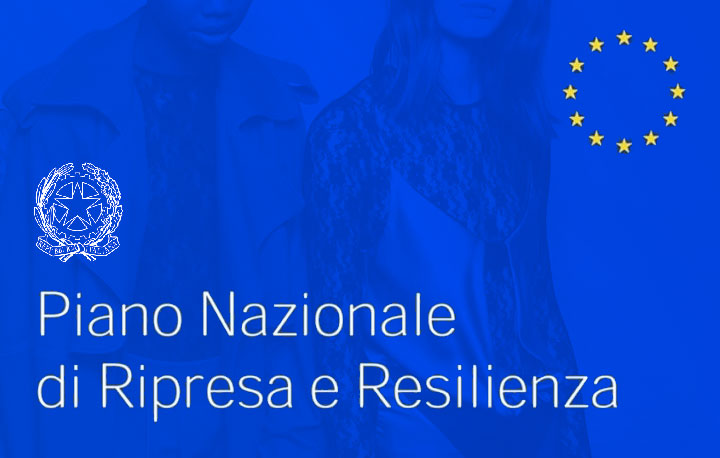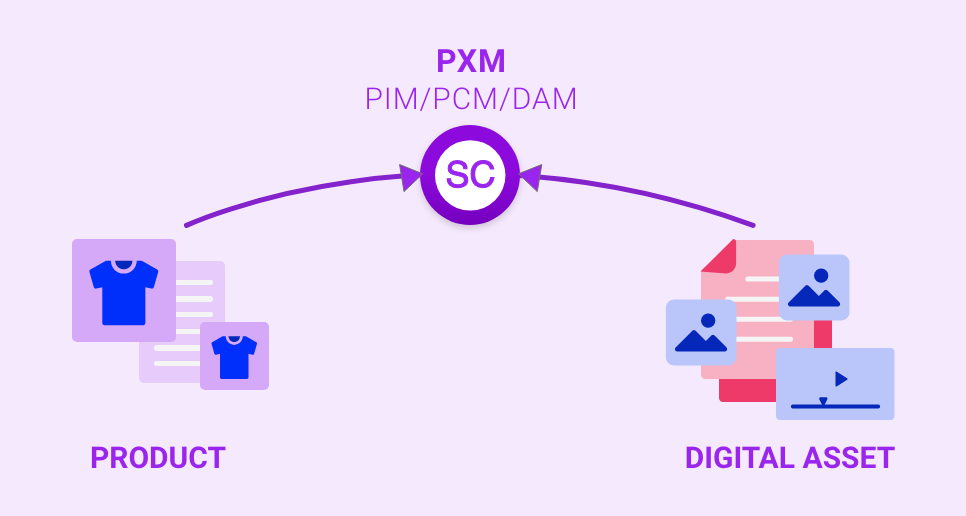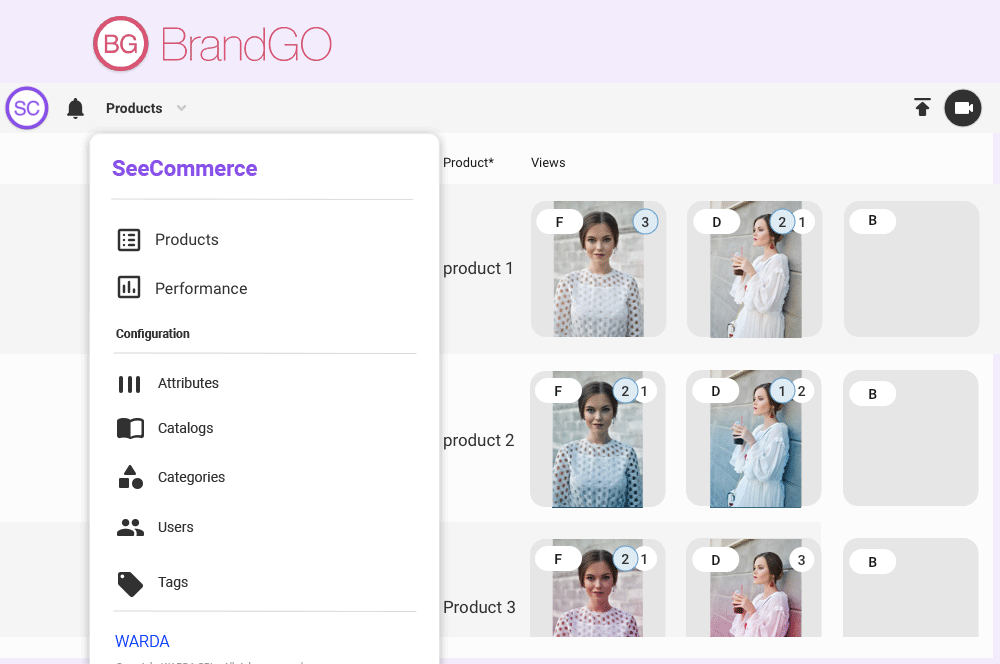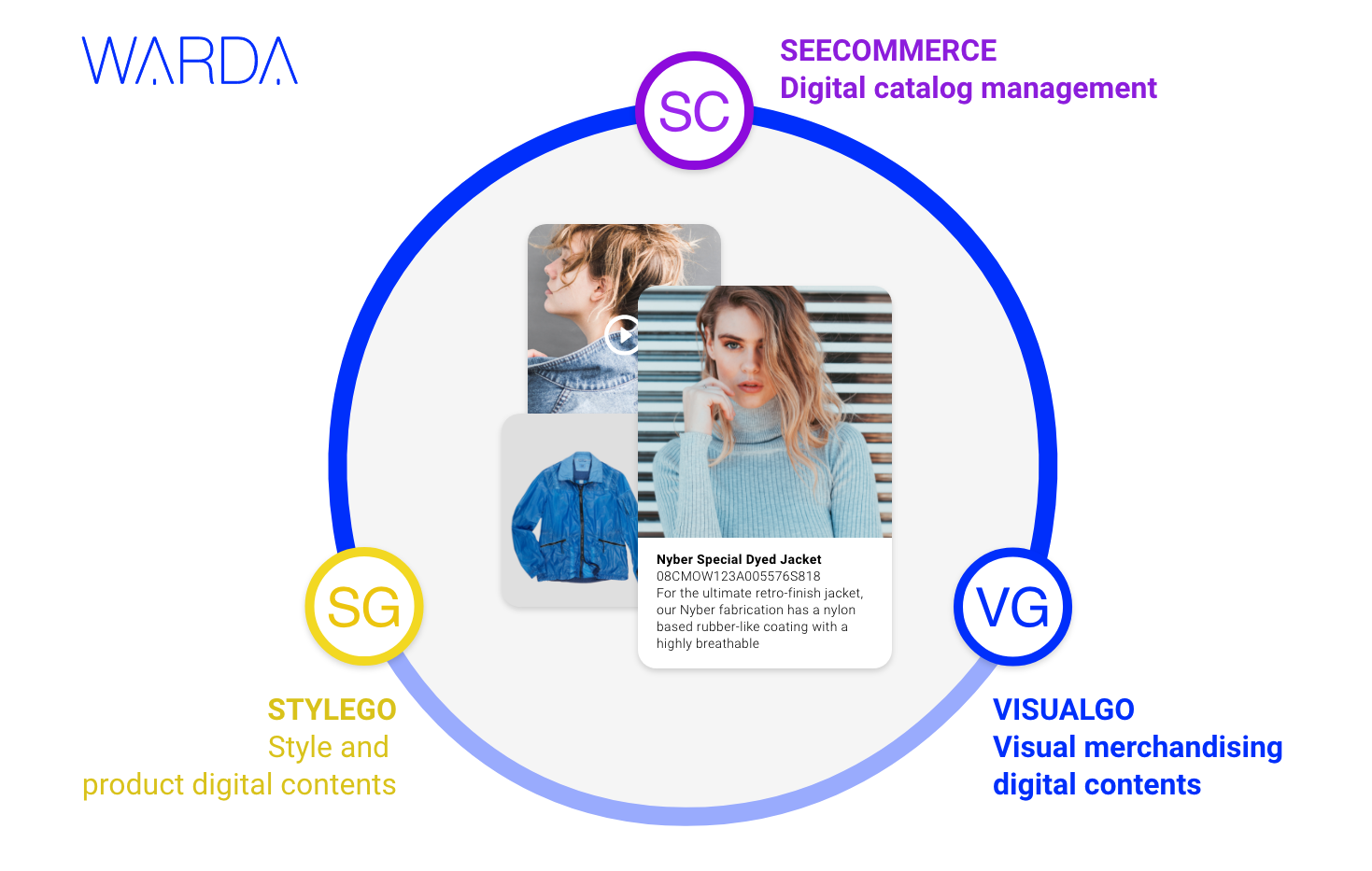
26Bn available to digitize fashion companies

26Bn available to digitize fashion companies
The NRP has allocated 26 billion from which fashion, luxury, and retail companies can draw for their digital transformation projects: there is no time to lose and WARDA can support you to take full advantage of this opportunity!
WARDA, a leading developer of software solutions for digital content creation and management to support the B2C and B2B market, è alongside all fashion, luxury and retail companies that want to be part of the inevitable digital transformation, reaping all the benefits of the coming technological new deal. Not only will they have our technology solution at their disposal, but we will also support companies step by step in the process of filling out the application for access to funds and in the consumptive activities.

WE OFFER YOU THE BEST SOLUTION FOR YOUR BUSINESS!
Our applications are developed to support the digitization of the value chain in the fashion, luxury and retail industries. Our team will be at your service to propose the best solution and accompany you to success!

WE SUPPORT YOU IN FILLING OUT THE APPLICATION
Documentation to be submitted is always a hot button! Don’t let that hold you back: we’ve got you! We support you while filling out the application to speed up the time and access the funds smoothly!

WE DON’T ASK YOU FOR ANY ADVANCE: WE ARE PARTNERS IN THIS PROJECT!
We want to be your partner for digital transformation, which is why our work will be reimbursed only once you have received the EUROPEAN funds, not a day before.
You are in good company!
Brands such as Missoni, Calzedonia, Brunello Cucinelli, Kering, Sergio Rossi
They already use our solutions with great success!
CONTACT US FOR A FREE CONSULTATION!
Our team of experts is at your complete disposal
Want to learn more about how our products can make the digital transformation process effective and organized?
Learn about all our solutions or write to us,
We will be happy to give you all the answers you need.
STAY UP TO DATE ON NEWS
Sign up for the newsletter!











Recent Comments